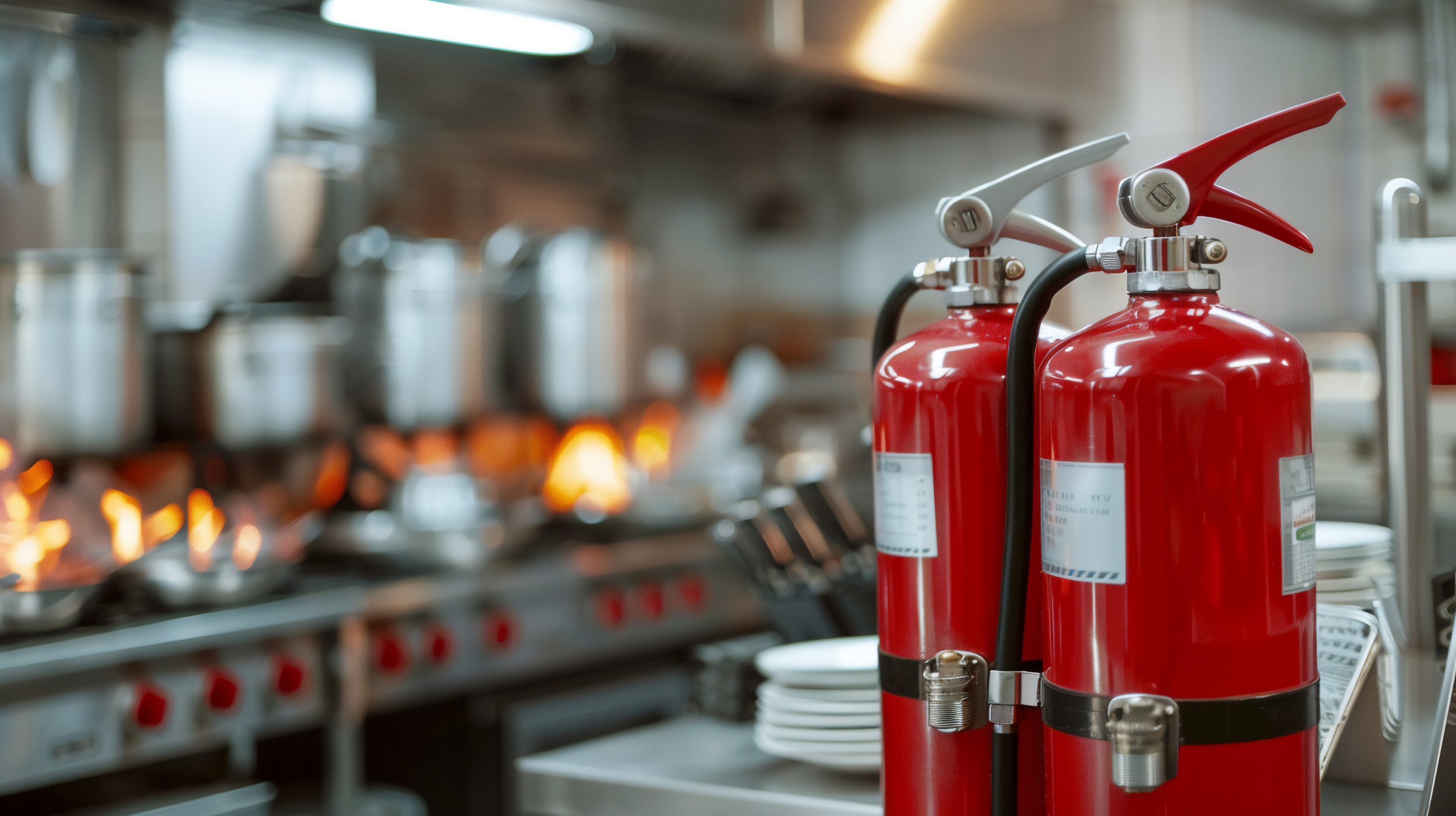
FAQs
-
The primary function of fire protection systems within residential and commercial properties is to safeguard occupants and their valuables from the threat of accidental fires. These systems incorporate various components engineered to detect any indication of fire or smoke swiftly. Upon detection, the system promptly notifies individuals within the premises and deploys a fire suppression agent to manage the fire effectively.
-
According to the regulations set forth by the California State Fire Marshal under Title 19, it is mandated that fire extinguishers undergo an annual inspection by a certified commercial fire protection company. This requirement is implemented to safeguard both your business and your clientele. Timely identification and rectification of any deficiencies in your fire protection systems can avert potential property damage costing thousands of dollars and may even serve to protect lives. A fire extinguisher hydro test is required every 12 years.
-
A qualified fire protection company like ours must service and tag your fire extinguishers to ensure compliance with legal regulations and safety standards. Our trained technicians possess the expertise necessary to identify potential fire hazards and maintain your equipment in effective working order each year. Customers are encouraged to conduct monthly inspections of their fire protection equipment to verify that it remains in optimal condition and has not been tampered with by unauthorized personnel.
-
Determining the required number of fire extinguishers for a building is contingent upon its specific layout and the level of associated fire hazards. Generally, it is advisable to maintain a maximum distance of 75 feet between Class A fire extinguishers and no more than 50 feet between Class B fire extinguishers.
-
Each fire extinguisher has an alphanumeric rating that specifies the types and sizes of fires it can extinguish. The letters denote the class of fire for which the extinguisher is suitable:
A – ordinary combustibles (wood, paper, plastic, etc.)
B – flammable liquids (oil, gas, petroleum, etc.)
C – electrical equipment
D – metals
K – cooking oils and fatsThe numerical values indicate the extinguisher's efficacy in extinguishing fires. Each number preceding the letter A signifies effectiveness equivalent to 1.25 gallons of water. For instance, a rating of 2A indicates that the extinguisher is as effective as 2.5 gallons of water. The numbers for ratings B and C reflect the square footage that the fire extinguisher can effectively cover. For example, a fire extinguisher rated 10:BC can extinguish a fire spanning 10 square feet.
-
If you own a restaurant, you are likely aware of the necessity for a specialized fire suppression system to ensure the safety of your kitchen from fire hazards. However, it is imperative to note that a specific type of fire extinguisher is also required. Fires commonly encountered in commercial kitchens, such as grease fires, are classified as Class K. A Class K fire extinguisher is essential to effectively extinguish these fires and prevent re-ignition.
-
Cooking equipment represents a significant source of fire hazards across various sectors, including restaurants, healthcare facilities, educational institutions, corporate offices, and retail establishments. The combination of high cooking temperatures, open flames, flammable oils and greases, and the fast-paced nature of commercial kitchens necessitates implementing exhaust hood fire suppression systems. These systems are critical for effectively extinguishing potential flames that may arise in these environments.
